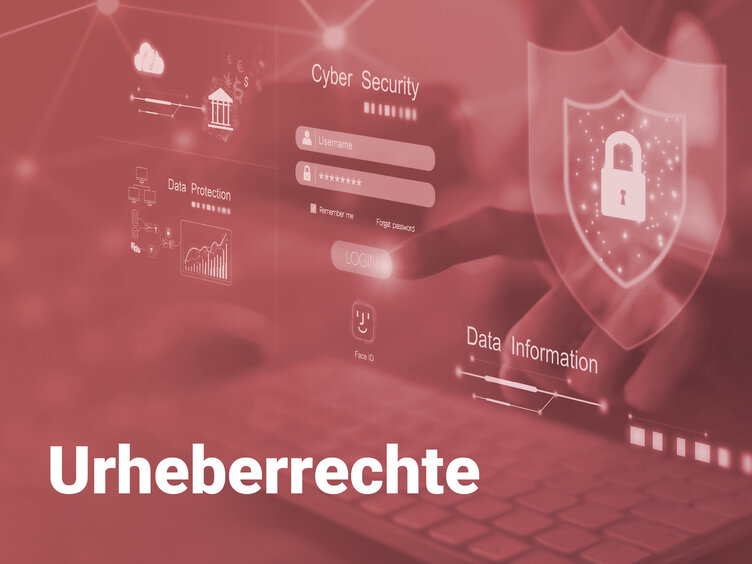Copyrights in cloud-based systems: Definition, protection & future
Copyrights in cloud-based systems protect software that is provided via cloud infrastructures. They regulate who may use, reproduce or modify digital works - even in SaaS, PaaS or IaaS models. Essentially, it is about enforcing license agreements and preventing piracy in distributed IT environments.
Significance in software protection
Cloud systems replace local installations, but bring new risks:
- Global access points increase the risk of license misuse.
- Dynamic use (e.g. scalable servers) requires flexible license models.
- Multi-tenancy architectures make it difficult to clearly assign usage.
The aim is to protect intellectual property even in decentralized infrastructures and to ensure compliance with copyright laws (e.g. EU Directive 2001/29/EC). This offers a wide range of application scenarios for hardware-based and software-based protection solutions - find out more here.
Important elements
1. Cloud license models
- Pay-per-use: billing according to actual use.
- Floating licenses: Cross-device usage quotas.
- Hybrid models: Combination of cloud and on-premise licenses.
2. Technical protection mechanisms
- token-based authentication (e.g. OAuth 2.0) - see tokey solutions.
- Code obfuscation: concealment of the source code to prevent reverse engineering.
- Real-time monitoring: AI-supported detection of anomalies.
3.Legal tools
- Digital watermarks: Tracking of illegal copies.
- Automated compliance reports: documentation for audits.
Influencing factors
|
Factor |
Impact |
|
EU GDPR |
Strict data localization obligations for EU citizen data |
|
AI-powered piracy |
Deepfakes for code generation require adaptive protection systems |
|
Hybrid clouds |
Licensing must remain consistent across locations |
|
Open source integration |
Compliance with licenses such as GPLv3 for modified cloud software |
Advantages for companies
- Scalability: Licensing automatically adapts to user peaks.
- Cost efficiency: No overprovisioning of licenses.
- Global compliance: Central management of usage rights across countries.
- Reduced liability risk: verifiable compliance with copyrights.
Future 2025: trends & forecasts
- Quantum-resistant encryption: protection against AI-supported attacks.
- Decentralized licensing: Blockchain-based smart contracts for usage rights.
- AI as a "copyright auditor": Automated scans for unauthorized code snippets.
Conclusion
Copyrights in cloud systems are at the heart of modern software ecosystems. With hybrid license models, real-time monitoring and AI-supported tools, manufacturers not only protect code, but also create trustworthy digital markets. In 2025, the focus will be on autonomous compliance and global standardization - crucial for SaaS providers and users worldwide.
Author:
Steffen Kätsch
Senior Support Engineer / Consultant License Management
Education: FH Jena
Expertise: License Management Software Licensing Software Protection IT Compliance Digital Rights Management
